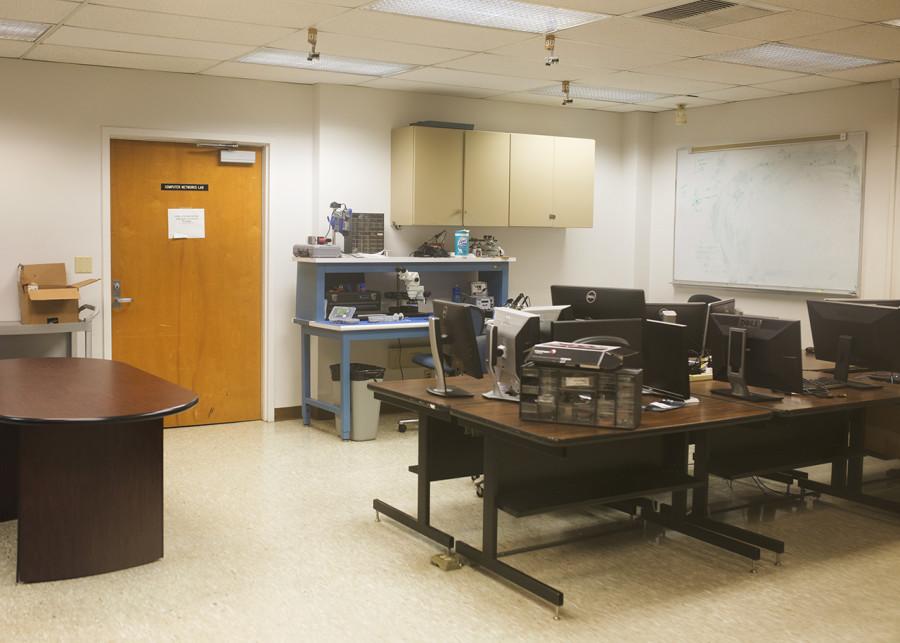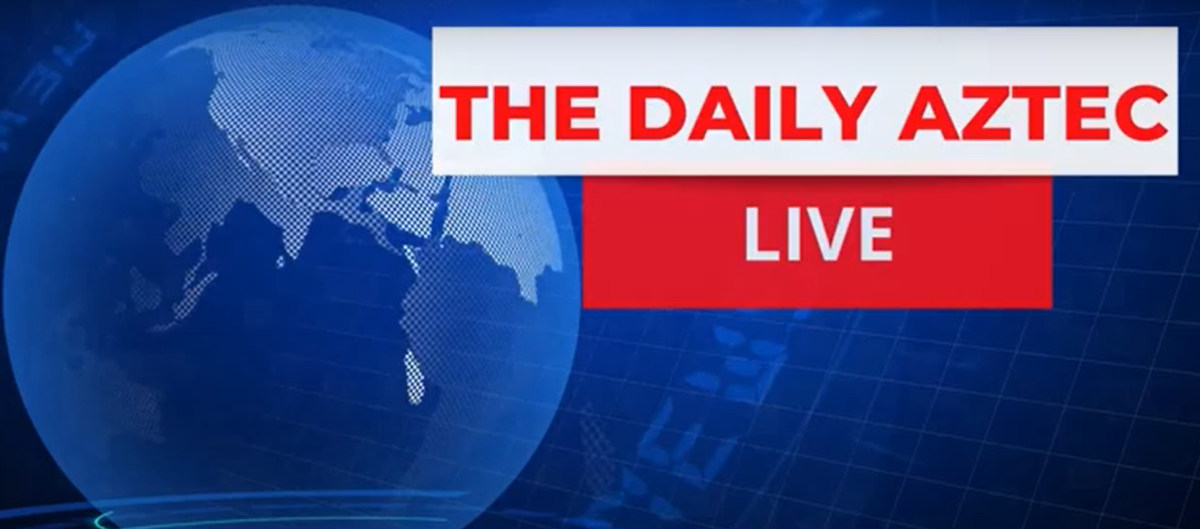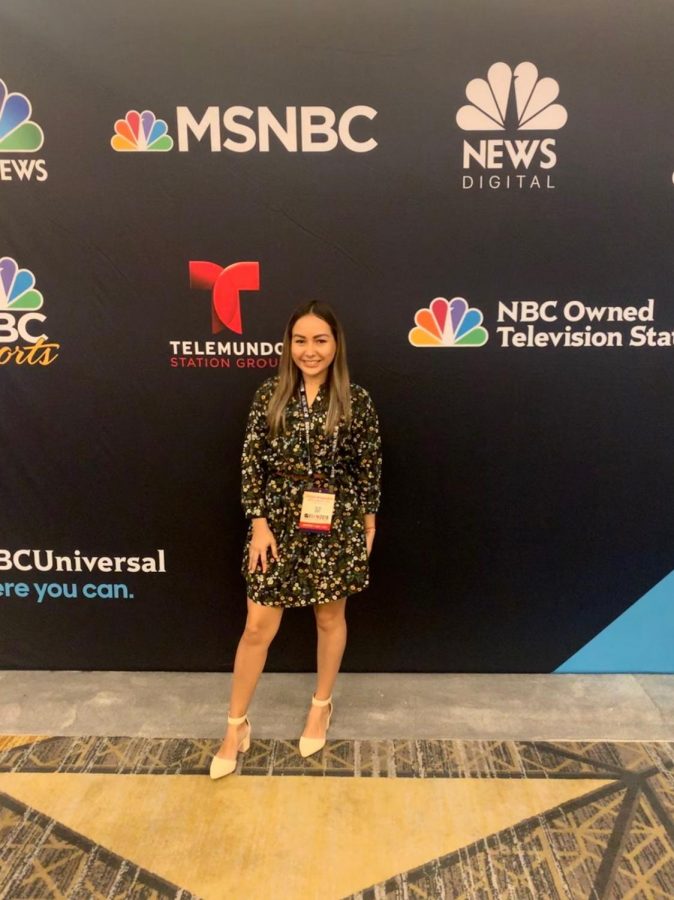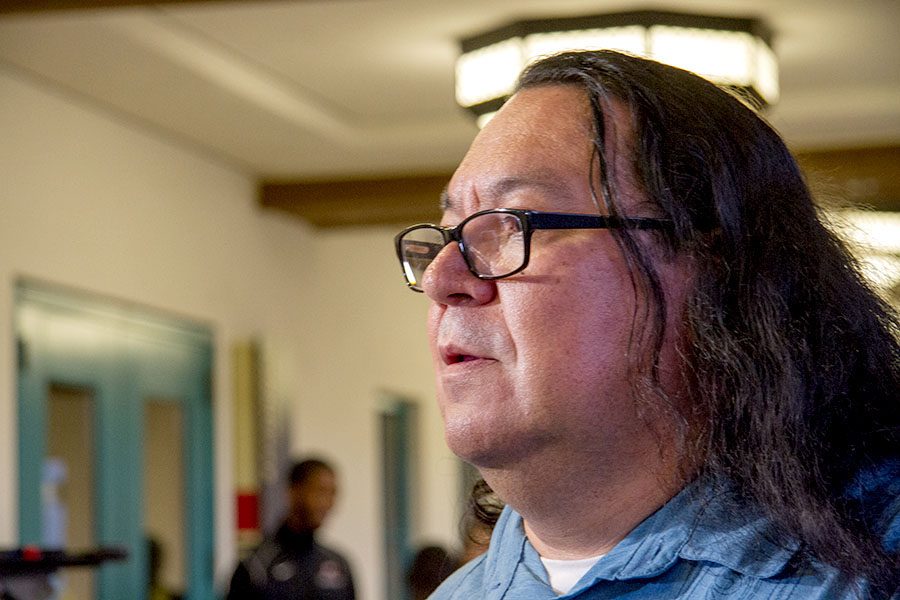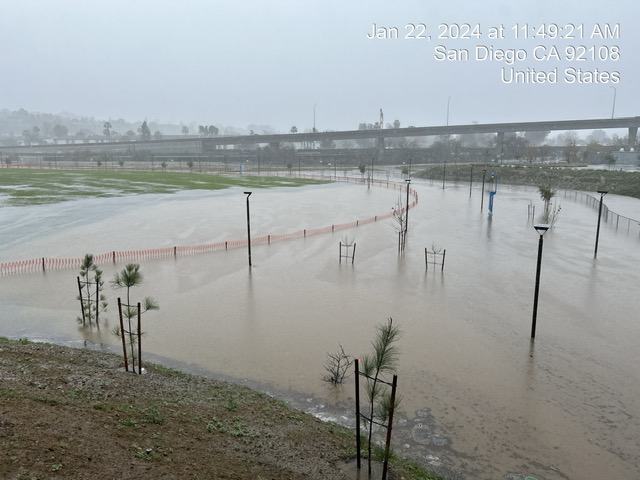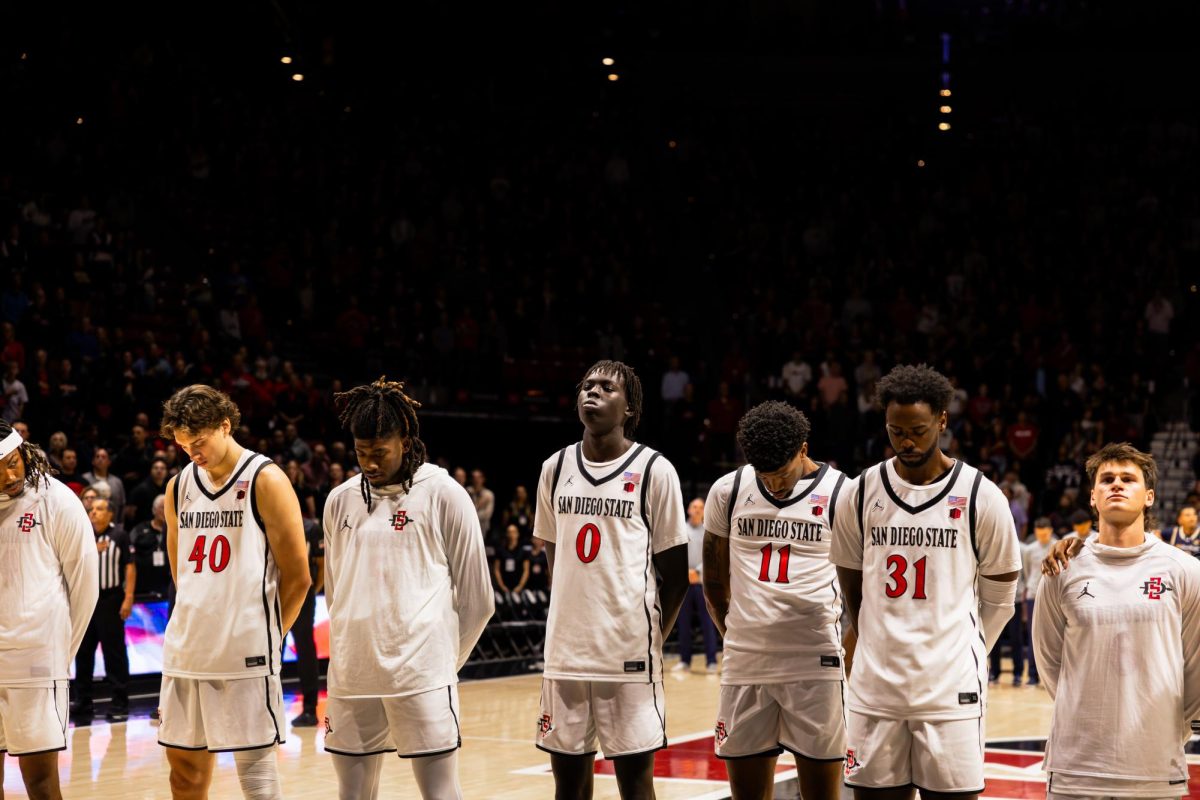In hopes of creating a better university for academically exceptional students, San Diego State is working on three new interdisciplinary research areas: mitigating the effects of water scarcity, advancing digital humanities related to global diversity and developing wearable biomedical sensors to speed up rehabilitation. There will be four new hires within each academic department involved; this will bridge the gap between each departments and work toward achieving goals of each research area.
Blue Gold: Mitigating Effects of Water Scarcity
California is currently in a drought, which means access to clean, fresh water is vital. The search for alternative resources other than reservoirs, groundwater and imported resources is a crucial process. Fortunately, Blue Gold: Mitigating the Effects of Water Scarcity is attempting to find safety in the ways involved with reusing water, more specifically reusing sewer water.
“The new hire will be looking at the chemical nature or toxicology of reused water to make sure that it’s safe,” said Rick Gersberg, a professor on the water scarcity faculty for the public health department.
Water scarcity faculty members also include Eunha Ho, Natalie Mladenov, Trent Biggs and Kathy Thordjarnarson. This team of advisors will be consulting each department on the new hires. The new hire must be capable of finding an approach to identify possible contaminants in already purified waters to ensure absolutely safe drinking water.
Gersberg said, regarding standards for new hires, he looks for a track record in publishing and grantwork in related areas. The hiring process involves an interview and seminars with the search committee, advisors and the dean of the department.
“Generally, if their seminar goes smoothly and they converse with everyone, and they can talk to the public in their seminar, that tells you that they might be good teachers,” Gersberg said. “Their research stands for itself.”
Digital Humanities and Global Diversity
The Digital Humanities and Global Diversity area of excellence examines if society can study human interaction electronically. This area is trying to bring digital awareness to the students by raising questions, such as “How digitally aware should humanities students be?”
The faculty members — Jessica Pressman, Pamela Jackson, William Nericcio, Noah Arceneaux and Mahasweta Sarkar — want to study student interaction in a classroom by using digital media.
“For example, there’s a class of 200 students,” Sarkar said. “No one knows anyone. The class meets, and the class dissipates. Can we empower our students with a digital app? Where the app broadcasts ‘I’m looking for a study group, are you?’ and if yes, there is a match happening, and students can get together either through chat or email or phone call and form a cluster.”
This area of research takes the idea to the next level by asking if students interact differently if nationality, color, creed, race and gender are not visible.
Digital Humanities and Global Diversity is a relatively new field created by the faculty.
“We wrote this area of excellence to try and think outside the box, to make sure that we found new scholars working on the digital humanities who are from all over the planet, who represent all kinds of dispositions, backgrounds and cultures,” Sarkar said.
Nericcio, an English liberal arts and science professor on the faculty for the Digital Humanities area of excellence, said when it comes to the new hire, they are looking for confidence, articulation and the ability to make students excited about being in the classroom.
“They have to be doing front-line, top-shelf research in digital humanities,” Nericcio said. “Their areas of interest are deeply invested in geographic areas that have been underrepresented in research. Maybe, they themselves, the professor, will be come from an underrepresented minority.”
He went on to say he appreciates someone who has the power to inspire.
“I like someone who surprises,” he said. “I like someone who can move you at a very human level.”
Smart Health Institute: Wearable Biomedical Sensors
The last area of excellence is the Smart Health Institute: Wearable Biomedical Sensors for Precision Medicine, headed by Kee Moon, William Tong, Sam Kassegne, Yusuf Ozturk and Sara Gombatto.
When an individual is in an accident that causes paralysis of the spinal cord, instructions from the brain can no longer be sent to the muscles. Smart Health Institute is attempting to find alternative means to bypass the need for a spinal cord to help paralysis patients move their limbs. Overall, this area of excellence attempts to utilize biomedical sensors to speed up rehabilitation.
The faculty in the Smart Health Institute have developed the idea of creating sensors to place on the brain, which draw signals from the brain to be transmitted to the muscles in the limbs. Mechanical engineering professors in this area are designing tiny, biocompatible electrodes that directly extract a signal from a neuron in the brain. Once the electrodes capture the signal from the neurons, a transmitter and a power budget will work to transmit the signal to the tissue, tissue fluid, blood, bone and limbs.
Sarkar of the Digital Humanities and Global Diversity area of excellence is also involved with the Smart Health Institute. She said the new hire for the electrical and computer engineering department needs to have expertise in embedded designs.
“The professor should be able to create systems that are tiny that can be embedded in yet another device, and should have very tiny, low power circuitry,” Sarkar said.
Although the new hire is expected to fill gaps with his or her capabilities in this area of excellence, Sarkar also said the professor must be able to dedicate time to his or her students and keep them motivated.
Ozturk, an electrical and computer engineering professor on the Smart Health Institute faculty, said the new hire is going to help the faculty progress by bringing the skills not available on campus.
“We’re looking for a biomedical engineer for the physical therapy department, so we’re hoping that the biomedical engineer is going to come in and be the bridge between the engineering department and the physical therapy department,” he said.
These three new areas of excellence all share the common goal to diversify the professorial staff and find the perfect link between different departments in their research areas. It is the hope that these new hires will assist with research and push their students to succeed.




